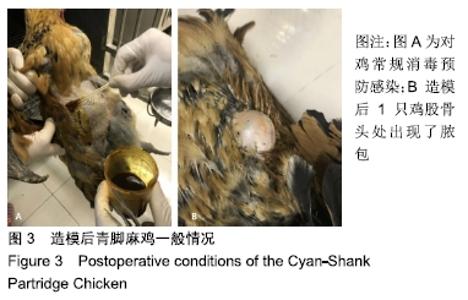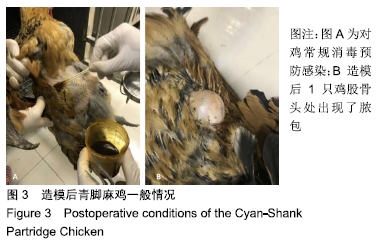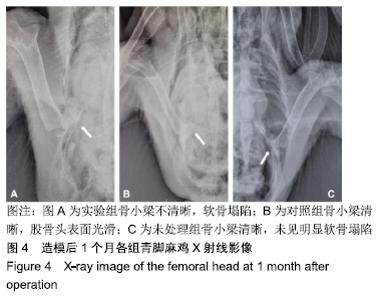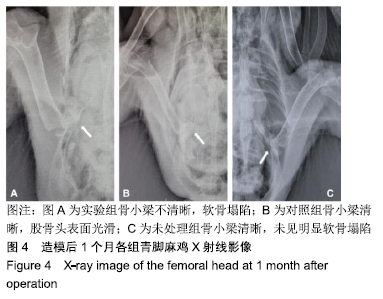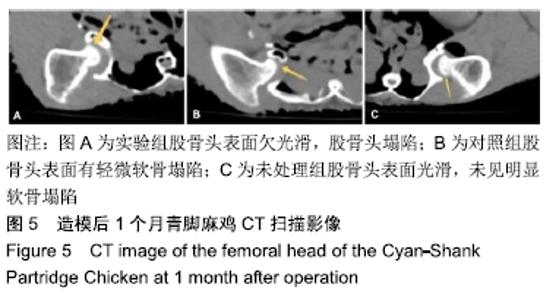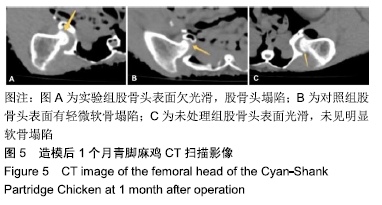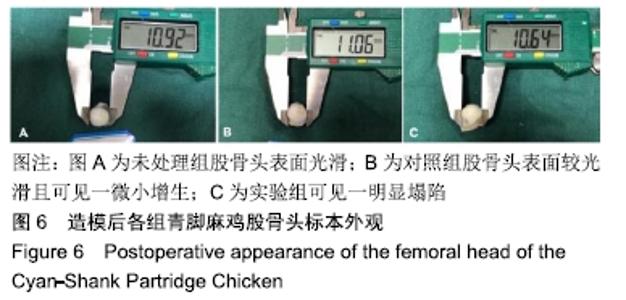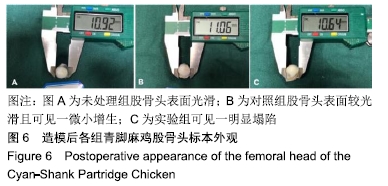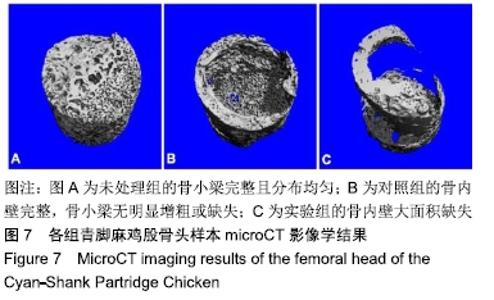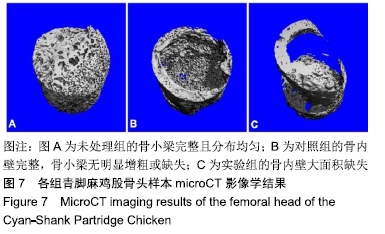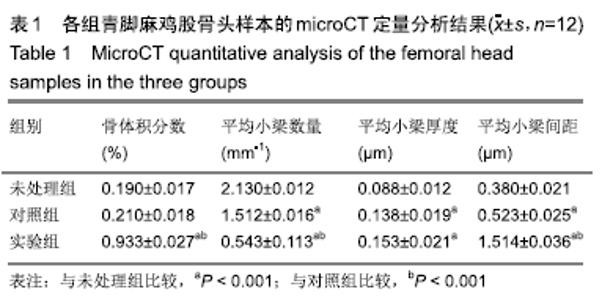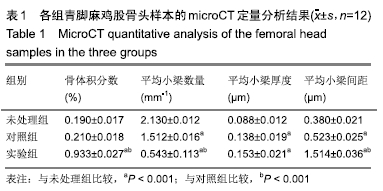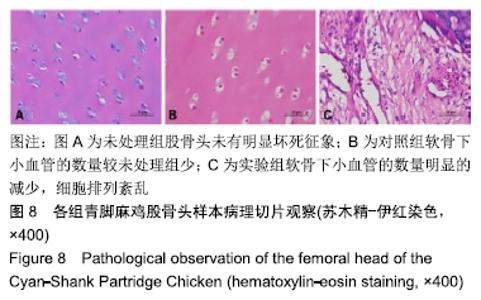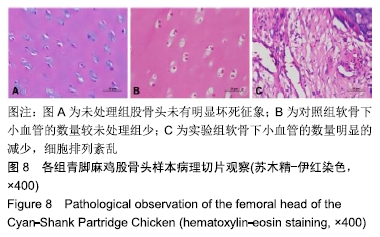[1] 刘铁钢,陈卫衡.非创伤性股骨头坏死的流行病学研究进展[J].医学综述,2009,15(17):2637-2639.
[2] 毛文文,茹江英.股骨头坏死早期手术治疗研究进展[J].中华临床医师杂志(电子版),2018,11(24):2507-2512.
[3] ZHANG Y, ZHANG L, SUN R, et al. A new 3D printed titanium metal trabecular bone reconstruction system for early osteonecrosis of the femoral head. Medicine(Baltimore). 2018;97(26):e11088.
[4] 杨帆,朱振中,李广翼,等.股骨头坏死病理形态学研究进展[J].国际骨科学杂志,2014,35(5):313-315.
[5] URBANIAK J. Avascular necrosis of the femoral head: etiology, pathophysiology, classification, and current treatment guidelines.Am J Orthop (Belle Mead NJ). 2004; 33(7): 27-332.
[6] 惠银银,刘又斌,王晶,等.非创伤性股骨头坏死病因的研究进展[J].中医正骨,2018,30(2):33-36.
[7] 何伟,徐传毅,李雄,等.创伤性股骨头坏死血清骨钙素改变及意义[J].中国骨与关节损伤杂志,2001,16(3):230-231.
[8] 中华医学会骨科分会显微修复学组及中国修复重建外科专业委员会骨缺损及骨坏死学组.成人股骨头坏死诊疗标准专家共识(2012年版)[J].中国骨与关节外科,2012,5(2):185-192.
[9] AURÉGAN JC, VILLAIN B, BÉGUÉ T. What is the rate of patients undergoing a total hip arthroplasty after core decompression and insertion of a tantalum rod in osteonecrosis of the femoral head: a systematic review.Int Orthop. 2018;42(7):1631-1638.
[10] 陈东,华文彬,叶树楠,等.骨内注射无水乙醇建立兔股骨头坏死模型[J].中国组织工程研究,2013,17(2):205-209.
[11] 李立东,白俊清.创伤性股骨头坏死的研究进展[J].中国煤炭工业医学杂志,2008,11(3):430-433.
[12] 李盛华,孙凤歧,周明旺,等.酒精性股骨头坏死发病机制的研究进展[J].中国骨质疏松杂志,2013,19(1):90-92.
[13] STRAUMIT I, LOMOV SV, WEVERS M. Quantification of the internal structure and automatic generation of voxel models of textile composites from X-ray computed tomography data.Composites Part A: Applied Science and Manufacturing. 2015;69: 150-158.
[14] OKAZAKI S, NAGOYA S, TATEDA K, et al.Experimental rat model for alcohol-induced osteonecrosis of the femoral head.Int J Exp Pathol. 2013;94(5):312-319.
[15] 王懋,张长青.股骨头坏死实验动物模型:分类与实验应用[J].中国组织工程研究,2014,18(36):5879-5884.
[16] ZHU ZH, GAO YS, LUO SH, et al. An animal model of femoral head osteonecrosis induced by a single injection of absolute alcohol: an experimental study.Med Sci Monit. 2011;17(4): BR97-102.
[17] MOTOMURA G, YAMAMOTO T, IRISA T, et al.Dose effects of corticosteroids on the development of osteonecrosis in rabbits.J Rheumatol. 2008;35(12):2395-2399.
[18] WANG C, WANG J, ZHANG Y, et al.A canine model of femoral head osteonecrosis induced by an ethanol injection navigated by a novel template.Int J Med Sci. 2013;10(11): 1451-1458.
[19] 范猛,姜文学,汪爱媛,等.局部注射无水乙醇建立鸸鹋股骨头坏死模型观察[J].中国医学科学院学报,2014,36(4):357-362.
[20] 陈花,李东涛.鸸鹋的饲养管理[J].江西畜牧兽医杂志,2017,(2): 50-51.
[21] 王海威,杨继琼,王丽辉,等.秀山鸡和青脚麻鸡放牧饲养效果比较[J].黑龙江畜牧兽医,2016,(16): 68-71.
|
